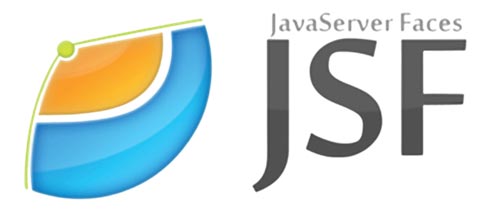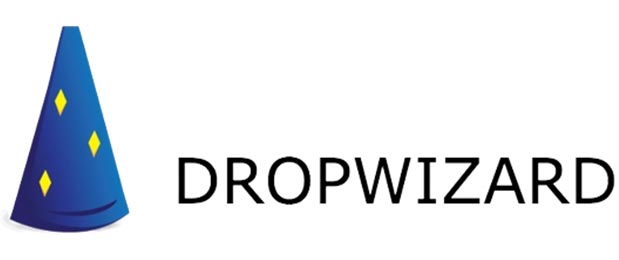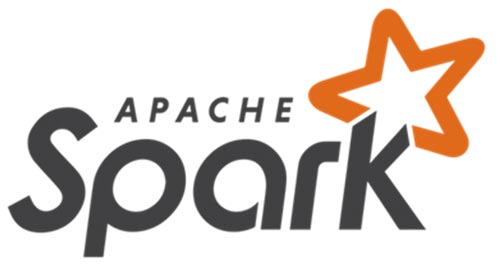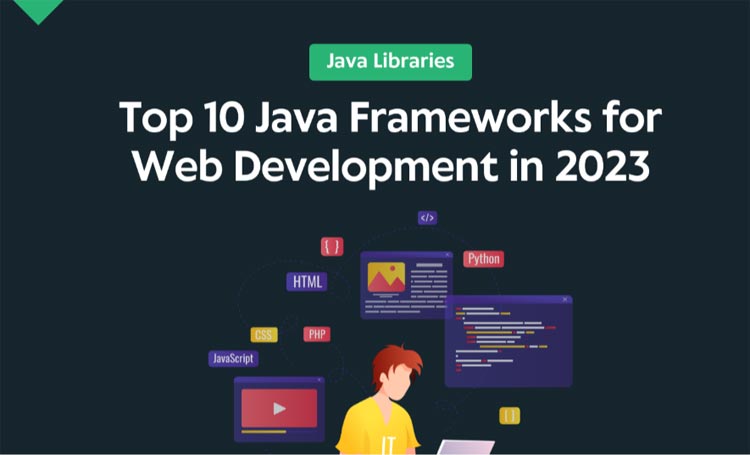Java – the backbone of the digital world. Back in 1995, it came to this world with just one purpose - “write once, run anywhere”. It is the ‘one key fits all’, almost.
As an aspiring web developer, you must excel at it. It will be your ticket to building robust apps, websites, software, AI support, and other things that can change the world and supercharge your career.
To help you ace this, there are Java frameworks. These frameworks make one an efficient Java full stack developer. If you want to bag a tempting salary from the big tech giants, you must be the master of these seas.
You Can Also Read: Best Website Builder for Small Businesses
List of Top 10 Best Java Frameworks
This article will smoothly scroll down the 10 best Java frameworks that can boost your career tenfold.
1. Hibernate

Being an ORM framework, this framework streamlines database interaction in Java development. It is simple and focuses on versatility. This allows developers to work on numerous databases with ease. This is also the framework that IBM dearly uses. Now, why is it one of the best of all Java frameworks?
Hibernate provides a set of powerful tools such as the Mapping Editor, Wizards, Reverse Engineering tools, etc. All these enhance the development experience. It doesn’t matter if you are working with a traditional database or the modern NoSQL database. Using this beauty, you use less code and become highly productive across projects.
Hibernate also integrates seamlessly with the Java Collections framework. Due to this, it becomes easier for developers to work with and manage collections of data.
2. Spring

This framework is known for its versatility, one big reason why it is widely used for building enterprise-level applications. It has a modular design that integrates with every project phase, smoothly. It is lightweight and ensures efficient development and testing, supporting both XML and annotation-based configuration for modularity and easy testability.
Spring's compatibility with JDBC reduces errors and boosts productivity. Also, it is another framework that integrates with the Collection Framework in Java.
Spring excels in security as well. It allows Java full stack developers to easily incorporate tools for login validation and user authentication. A wonderful thing for both applications and user data. This is why big companies like Netflix, Amazon, Google, Microsoft, etc. use Spring, because it's reliable and gets the job done. So, if you dream about these companies, dream about Spring as well.
3. Apache Struts

This Java framework is excellent at developing web applications based on the Model-View-Controller (MVC) architectural pattern. This makes it well-suited for building large-scale and maintainable web applications.
In the old way of doing things, when a user filled out a form on a website, it was like a relay race between different parts of the website. It went from the form to a processing area (called a servlet), and then maybe to another place (called a JSP) where the actual webpage was created. Lots of handoffs that were making things messier.
Struts simplifies this. How? By neatly separating the different parts of your website:
- the View (what users see)
- the Controller (which handles requests and decides what to do)
- the Model (where your data lives).
Once done, it connects them back together with a special file called struts-config.xml. Pure magic!
4. JSF

Also known as JavaServer Faces, it could be considered as the sibling of Struts. But it is different from JSP. Its purpose is one – to simplify the creation of user interfaces for web applications. Maintained by Oracle technology, it offers a component-based MVC (Model-View-Controller) framework. What's unique about JSF is its treasure trove of reusable UI components. Developers can use them as building blocks for creating server-based applications.
SF also wraps up all those nitty-gritty client-side technologies like CSS, JavaScript, and HTML into neat packages. This means developers can focus on the fun stuff — designing the user interface.
5. Vaadin

Feel a bit annoyed by the use of extensive JavaScript coding? Vaadin is here.
This framework is excellent for building modern web applications. Here is why – it allows developers to create modern web applications using Java or other JVM languages. This saves one for extensive JavaScript coding. Also, it allows a rich set of pre-built UI components that developers can use to design and develop responsive and user-friendly web apps.
This ease of use and reduced reliance on JavaScript coding sets Vaadin apart as an excellent choice for modern web development. It eliminates the need for JS or CSS.
6. Grails

Grail is an open-source framework. It uses Groovy programming language and primarily operates on JVM (Java Virtual Machine). What makes this language stand out is its minimal learning curve. Seasoned Java developers find it remarkably accessible. Why?
Grails truly excels in the realm of building Representational State Transfer (REST)ful web applications. Using it, many developers harness its efficient and modern API calls. This facilitates the creation of web services that are both user-friendly and highly responsive.
7. Dropwizard

Dropwizard is a framework for building RESTful web services. It integrates various libraries and tools for quickly creating production-ready services. It is a lightweight Java framework and a boon for Java full-stack developers.
This framework offers out-of-the-box support for advanced configurations. The result? Lightning-fast application development. This fantastic framework seamlessly integrates libraries like Jetty, Jersey, Jackson, etc. and thus simplifies tasks related to configuration and performance.
For a Java full stack developer, Dropwizard is a magic wand that facilitates rapid prototyping. Not only does it support open-source but it also has independent libraries and boasts quick project bootstrapping.
8. Vert.x

A framework that is suitable for shaping high-performance and scalable systems. Vert.x is event-driven. This means that it operates based on events and event handlers. This approach allows applications to be highly responsive and scalable because they can efficiently handle multiple events concurrently. A perfect responsive and scalable web application designing recipe.
Furthermore, if you're familiar with Node.js, you'll appreciate Vert.x even more. It is because Vert.x combines Node.js features with the power of the Java Virtual Machine.
9. Play Framework

A reactive web framework that's highly efficient for building web and mobile applications. The good thing about Play is that it supports both Java and Scala. This is also an innovative framework that caters to the needs of Java full-stack developers.
Play excels in high performance. This is because of the asynchronous processing it uses. It eliminates the need for containers and emphasizes reactive principles. Also, Its statically typed language helps catch errors during compile time – a much-needed thing for development efficiency.
Play2 has a robust build system that simplifies integration with Maven projects. This is one big reason why modern Java full stack developers often go for it.
10. Spark Framework

Spark, an Apache gem, diverges from traditional frameworks like Spring and Play. Again, it's a powerful, open-source web development framework. This means that it doesn't strictly follow the MVC pattern.
One thing that makes it quite alluring for web developers is that it is a micro-framework and Java-specific language. This prioritizes rapid development with minimal coding and configuration. Its in-memory computation makes it a processing speed demon. If you are into big data and data science tasks, go for this one. It supports lazy initialization and real-time data processing.
While Spark doesn't replace Hadoop, it extends its capabilities, making it a valuable asset in the realm of data science, complementing the Java Collections Framework.
Conclusion
In the world of web development, Java knowledge is your essential ingredient. It is as much like heat is to a chef. This means that one must also be adept at the Java frameworks. It adds to the speed and efficiency. To be a proficient Java full stack developer, you have to explore them.
Hibernate, Spring, Struts, JSF, Vaadin, Grails, Dropwizard, Vert.x, Play, and Spark are your allies on this journey. Each has its plus points that make it unique to different situations. Our advice? Embrace these frameworks. And as a result, big tech giants might just embrace you as well, wholeheartedly.
Keep the code running and skills growing.
